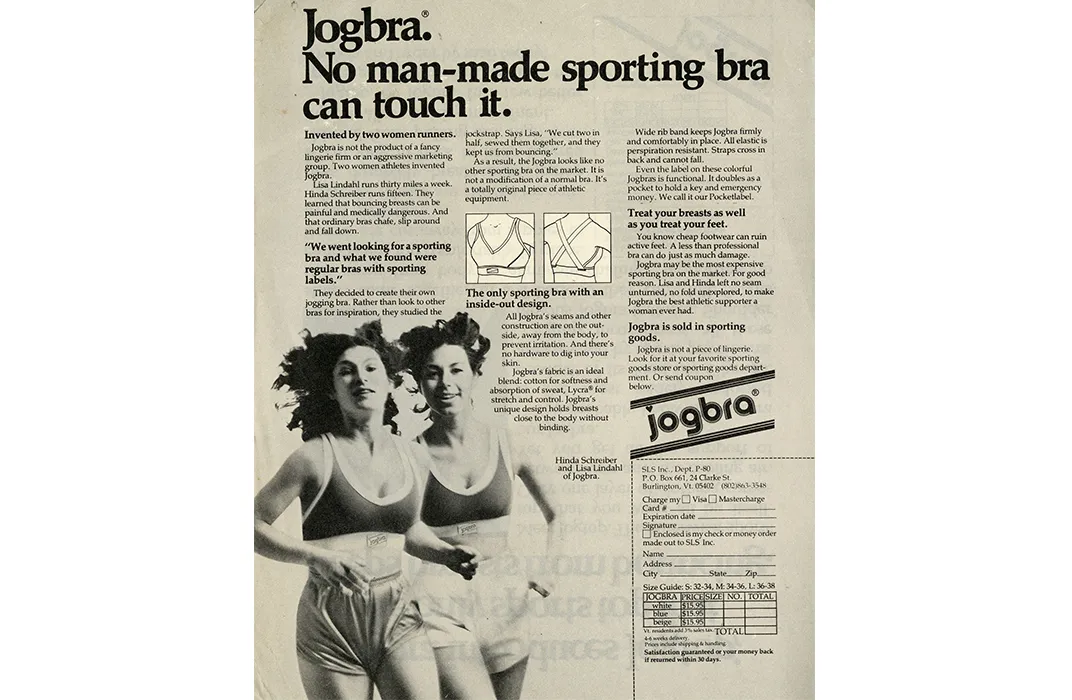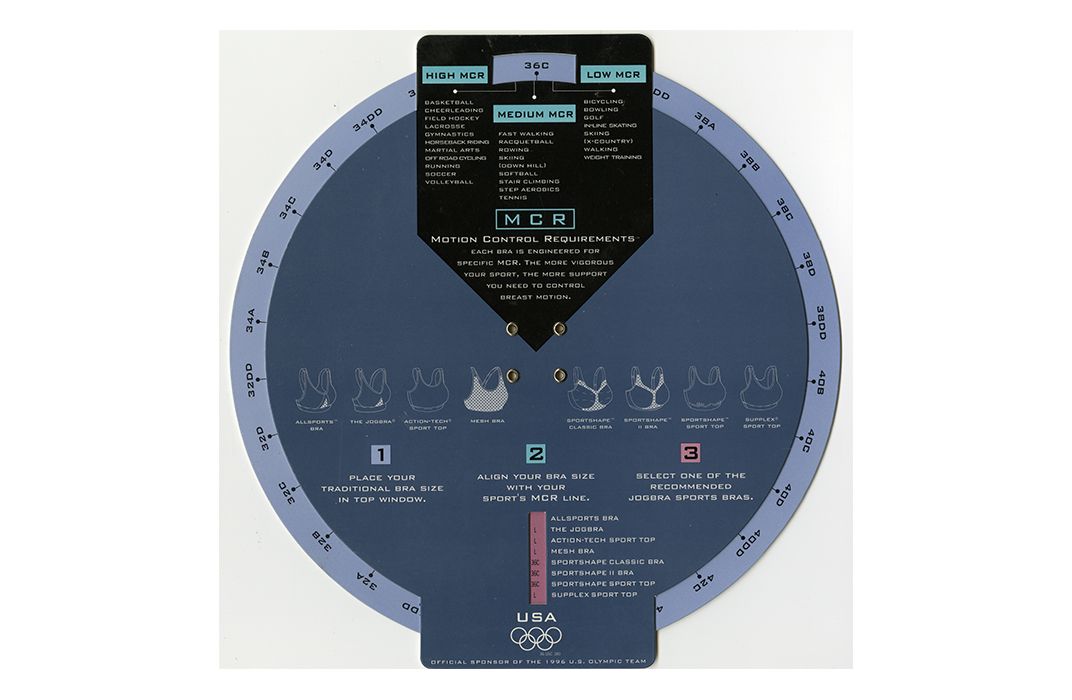The First Jogbra Was Made by Sewing Together Two Men’s Athletic Supporters
An archive collected from the sports company reveals that the bra gave a boost to women’s athletics
:focal(541x454:542x455)/https://tf-cmsv2-smithsonianmag-media.s3.amazonaws.com/filer/4f/7b/4f7bea0b-aebc-4287-a7fd-063b2d23111e/et20151154web.jpg)
One object of significance, held in the collections of the Archive Center at the National Museum of American History, is a gauge developed in the mid-1990s by Jogbra, Inc. To help women determine their ideal sized sports bra, based upon the size of their everyday brassiere and their sport, the gauge allowed the buyer to rotate the wheel to select her size, line it up to the column containing her sport (the columns were divided into high, medium or low motion control requirements), consult the images of the various models offered to find her preference, and then go to the slot at the bottom of the gauge to see what size she should buy.
In 2013, the American History Museum acquired the Jogbra, Inc. Collection, a set of archival materials and artifacts relating to the development of the first sports bra. It’s easy for young women athletes today to take the sports bra for granted with so many brands and models available and with numerous retailers and mail order companies from which to buy them. But until the Jogbra’s appearance in 1977, incalculable numbers of women were too discouraged to participate in impact sports such as running or aerobics, because of the discomfort or embarrassment of excessive breast motion.
It is almost inarguable that the Title IX portion of the Education Amendments of 1972 Public Law No. 92-318, 86 Stat. 235 (generally referred to as “Title Nine”) had a greater impact on American women’s sports than any other development in American history, and not only on collegiate sports, although the legislation was primarily aimed at colleges and universities. This legislation, introduced by Indiana senator Birch Bayh, stated that “No person in the United States shall, on the basis of sex, be excluded from participation in, be denied the benefits of, or be subjected to discrimination under any education program or activity receiving federal financial assistance.”
The law didn’t even mention sports, but it was a game changer in women’s athletics. A 2006 study reported that in the years since its passage, the number of women athletes in colleges and universities had increased 450 percent. It has often been a controversial law, with opponents suggesting that it adversely affects male collegiate athletes.
A few years later in 1977, James Fixx wrote the phenomenally popular book, The Complete Book of Running. It spurred a running and fitness craze among both genders, and the increased popularity of sports among women exposed the inadequacies of conventional brassieres for athletic use: weight shifts from bouncing caused straps to slip around or off the shoulder, excessive motion caused friction and chafed skin, hooks or other metallic elements tended to poke into the skin, excessive bouncing caused soreness.
It may seem as though the invention of the sports bra was inevitable, considering how popular running, jogging and other sports were becoming at the time, but its introduction did not follow an easy path. The three co-inventors were Hinda Miller, Lisa Lindahl and Polly Palmer-Smith. Miller and Palmer-Smith were costume designers. The story, according to Miller, is that Lindahl’s sister, Victoria Woodrow, was frustrated by the inadequacy of her everyday brassiere when she became one of the many women to take up jogging in the 1970s. Unable to find anything in stores that worked for them, they worked on a few prototype sports bras. At the suggestion of Lindahl’s husband, they sewed together two men's athletic supporters and found the result to be better than any of their prototypes.
Marketing their new product turned out to be a challenge. According to Lindahl, buyers for sporting goods stores were “squeamish” about displaying bras, which she described as not looking anything like lingerie. Stores that did feature the Jogbra were pleased by how well it sold. Soon, a number of makers, including Vanity Fair, Olga and Warner were getting into the sports bra market.
Other inventions in sports equipment have come along that have had major impacts in their sports. A new ice skate was introduced in the 1990s (though the concept is much older) by a Dutch university. Unlike traditional skates on which the blade is fixed to the boot, the “clap skate” has a blade which is hinged at the front end and detached at the back. After its introduction, numerous speed skating records were bettered by skaters using the new skates. Similarly, high tech swimwear fabric that imitates a shark’s skin was introduced in the 2000s, claiming to reduce race times for speed swimmers.
The introduction of the sports bra did more than improve athletes’ performances. It represented a revolution in ready to wear clothing, and for many women athletes, the bra actually made sports possible.
This article by archivist Cathy Keen originally appeared in the "Oh Say Can You See" column at the National Museum of American History. Previously, Keen has written about Object Project and ready-to-wear fashions. An avid baseball fan, she has also written about baseball history in Washington, D.C. Intern Caitlin Kearney also contributed to this post.
/https://tf-cmsv2-smithsonianmag-media.s3.amazonaws.com/filer/4f/7b/4f7bea0b-aebc-4287-a7fd-063b2d23111e/et20151154web.jpg)

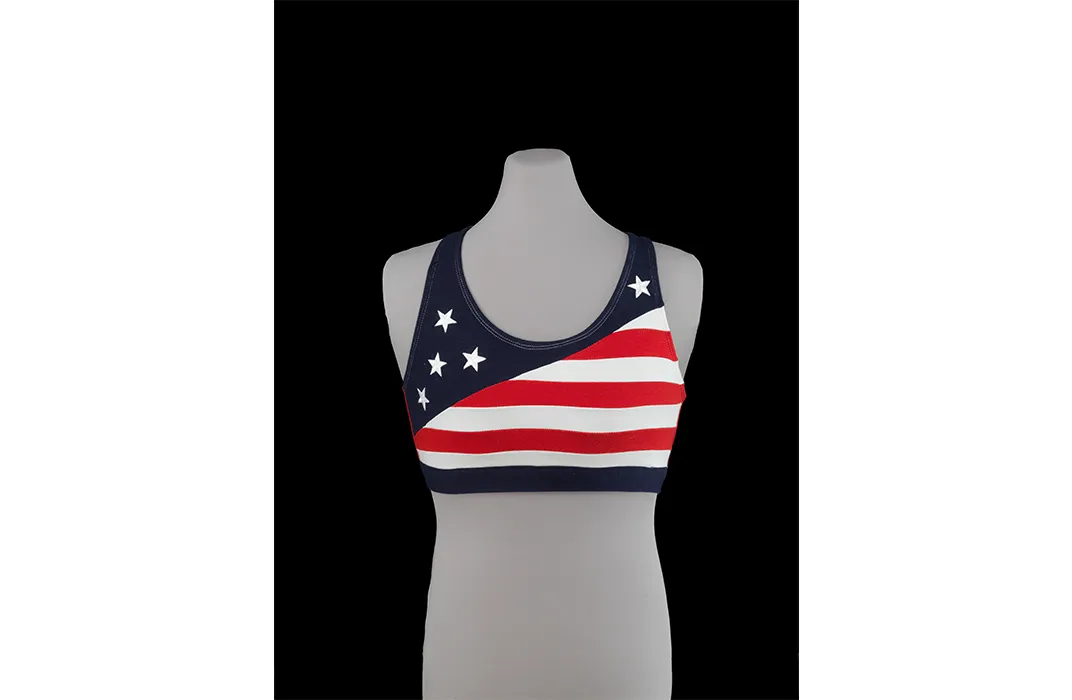
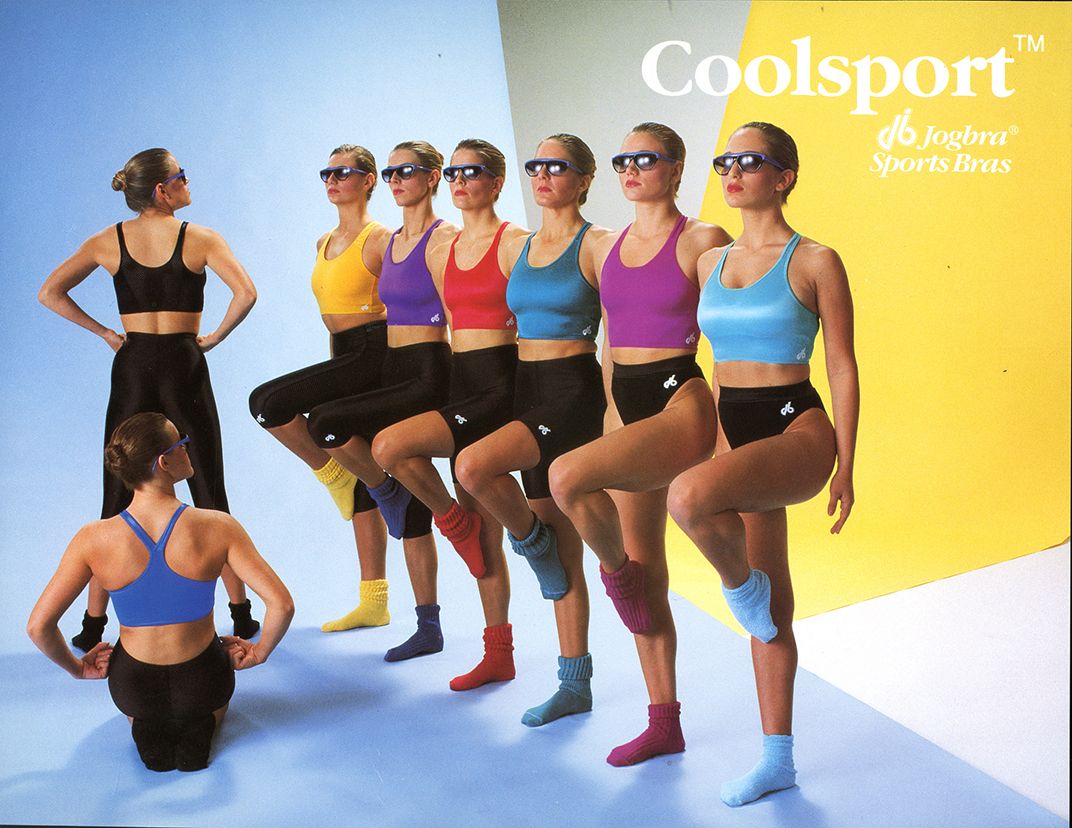
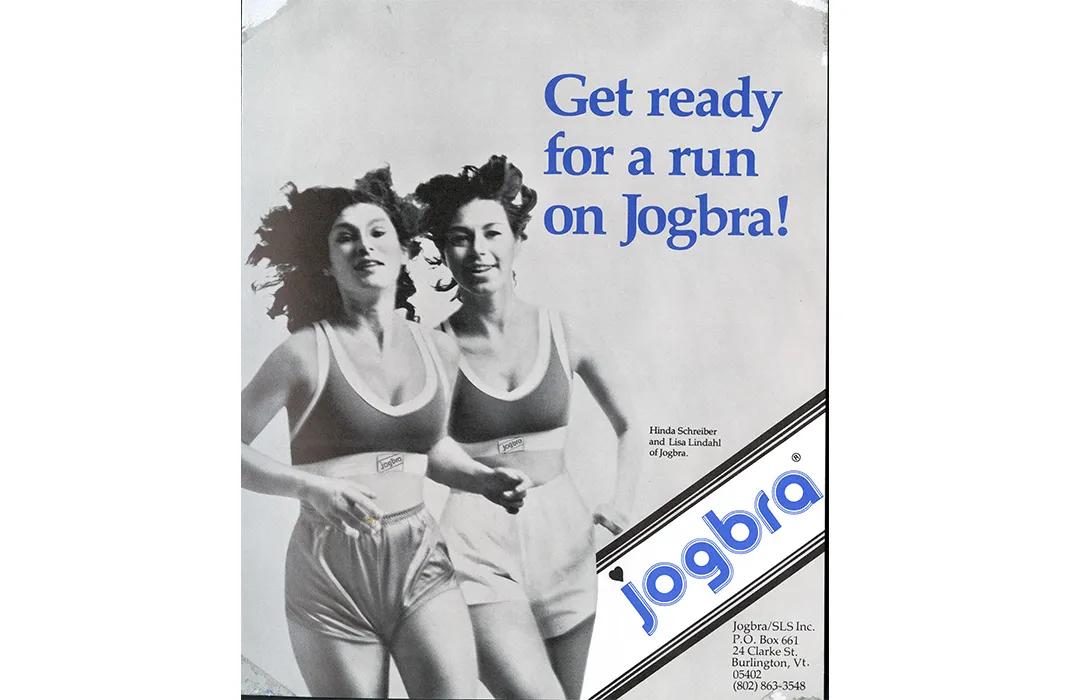
/https://tf-cmsv2-smithsonianmag-media.s3.amazonaws.com/filer/43/25/4325e111-6415-4d44-886d-d95e52e8b641/ac13150000007web.jpg)
